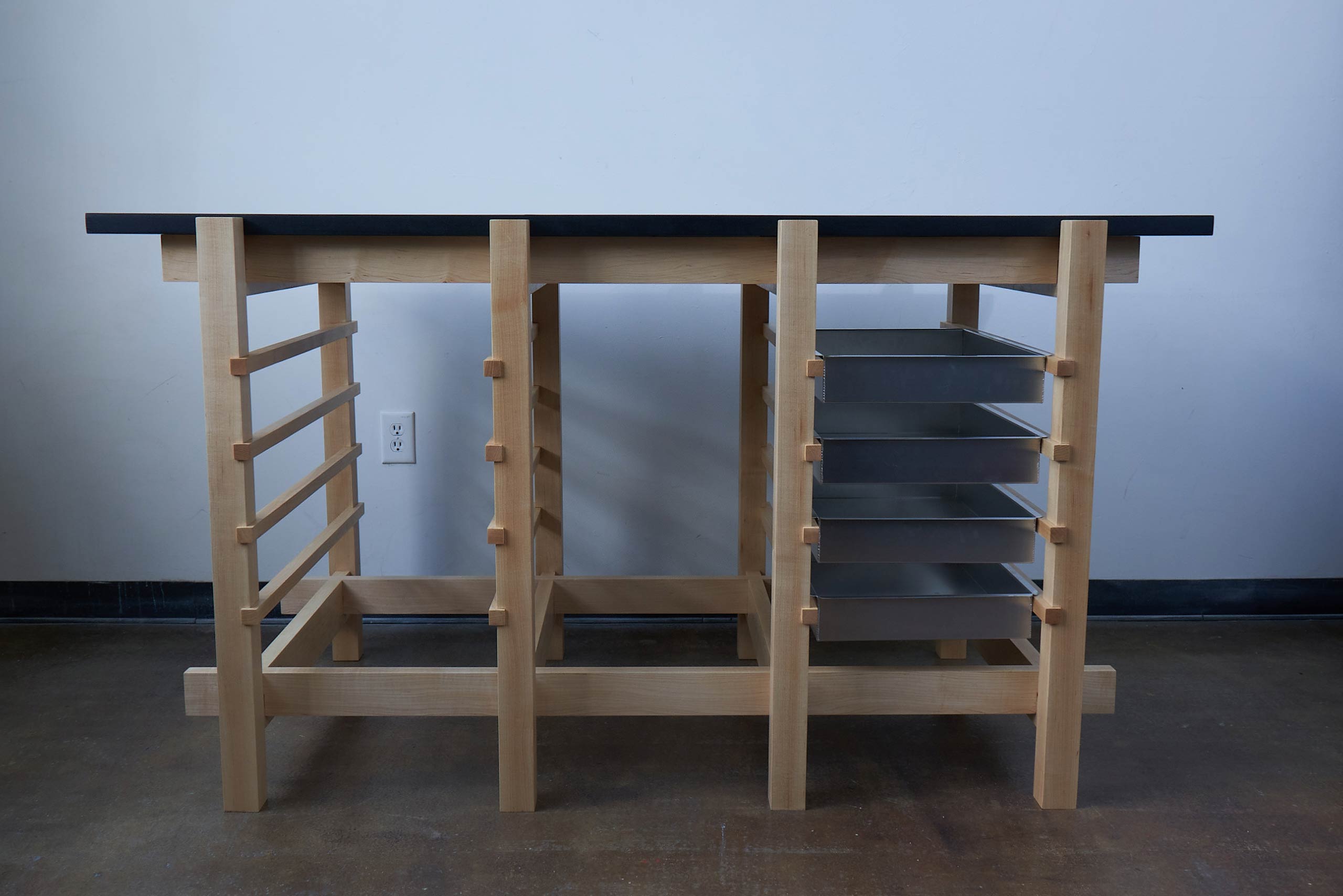Bacterial Cellulose
Brand identity
Publication design
Art direction
Furniture design
Biodesign
Brand identity
Publication design
Art direction
Furniture design
Biodesign
“The future is plastic.” That is what the world believed over one hundred years ago when the first synthetic plastic was invented in 1907. This new durable, flexible, and lightweight material promised an easier life and cheaper products. Much to our dismay, the future has been indeed plastic as it is a ubiquitous part of our daily lives. A material we are constantly disposing of but follows us everywhere we go. Littered across sidewalks, in rivers, in oceans, and in our own guts. The ultimate design flaw of plastic is that it doesn’t degrade. At least not in our lifetimes. Or our children’s. Or our grandchildren’s. And many many generations after that. Why would we use a permanent material for things we want to be temporary?
Photography
Austin Presley
Furniture design in collaboration with
Silt Studio
Art Direction in collaboration with
Ami Sueki
Branden Collins
Furniture design collaboration with Silt Studio
The Biosphere Cellulose Kitchen presents how the production of bacterial cellulose, as a replacement for single-use plastic, can be integrated into our everyday routines. In between doing your laundry and taking out the trash, you could be fermenting, washing, drying, and waterproofing cellulose right at home. This cellulose kitchen is a kitchen island furniture piece that creates storage bags and film cover.


.jpg)


Lookbook publication design
A catalogue accompanied the cellulose kitchen as a speculative branding and marketing project for the furniture piece in the style of luxury furniture catalogues like Restoration Hardware.









Material experimentation
Over 50 cellulose pieces of varying textures, properties, and appearances were created during the creative process





.svg)



